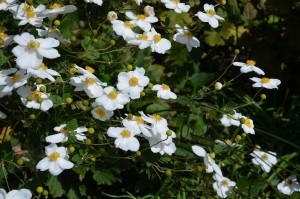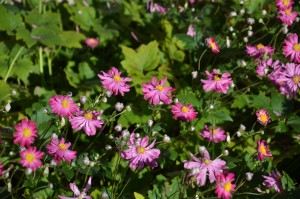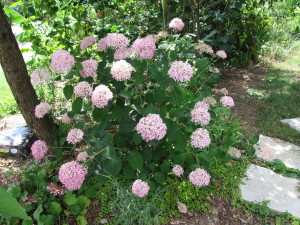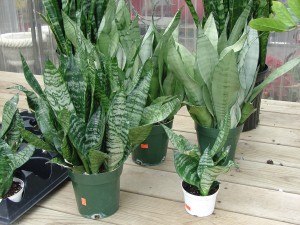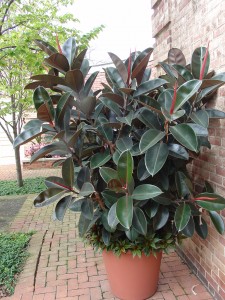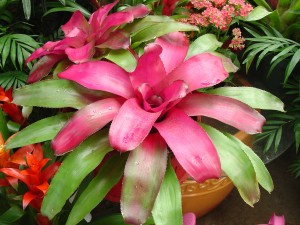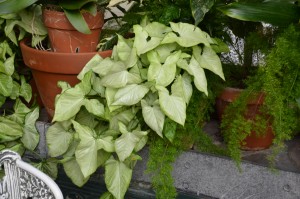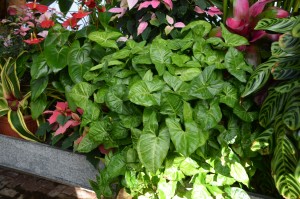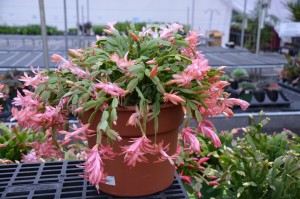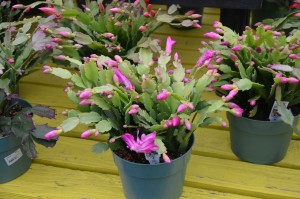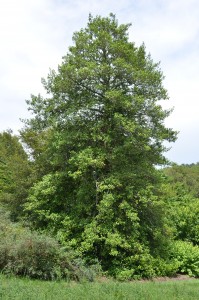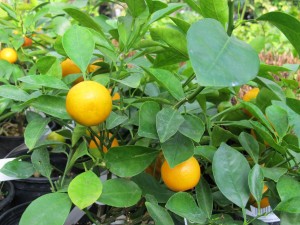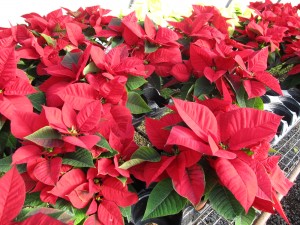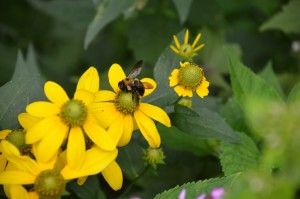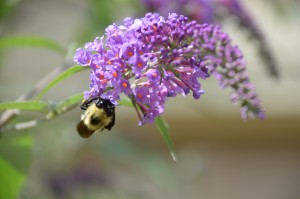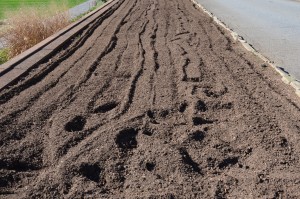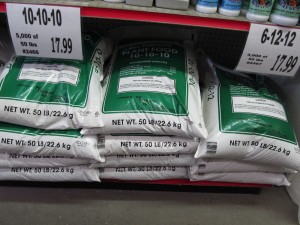Japanese anemone (Anemone x hybrida), popularly called “fall anemone”, are long-lived, fall-flowering perennials for cottage and open woodland gardens. They start to flower in late summer in many parts of the U.S. (USDA hardiness zones 4 to 7). Several colorful varieties are available. Fall anemones make great additions to cut floral arrangements.
For nearly 5 weeks, showy 2-4 inch wide flowers stand 2-4 feet tall (depending on variety), on long wiry stems above dark-green basal mounds. Anemones tend to be floppy and may need staking. Each flower is composed of 6-9 overlapping white petals with numerous yellow stamens in center. The dark green leaves are 3-lobed. This long-lived perennial spreads vigorously via creeping rhizomes and seeds.
Fall anemones prefer moderately moist soils and perform poorly on dry sites. They’re best sited in partially shade locations. Foliage tends to burn in hot, dry, sunny conditions. They fail in wet clayey soggy soils over winter. Plants may be slow to establish, but, once established, will aggressively naturalize, spreading by rhizomes to form large colonies. They can be propagate by root cuttings in winter (perhaps most effective) or by division in spring.
Fall anemones prefer partial sun to partial shade, never in full day sun or deep shade. At planting time, add lots of compost to a well-drained, mildly acidic garden soil (pH 5.5 to 7.0 range preferred). Plants are mostly deer tolerant and have few disease and insect problems. From the Greek, the word anemone means “windflower”; shelter plants from extreme winds. Anemones seed in readily (think weedy).
Special note: ‘Honorine Jobert’, an heirloom hybrid anemone popular in France since the mid-19th century, has been designated the 2016 Perennial Plant of The Year.
Cultivars to try:
‘Honorine Jobert’ (2-3 inch single white flower)
‘Queen Charlotte’ (3 inch semi-double pink flower)
‘September Charm’ (3 inch single rose-pink flower)
‘Whirlwind’ (4 inch semi-double white flower)

